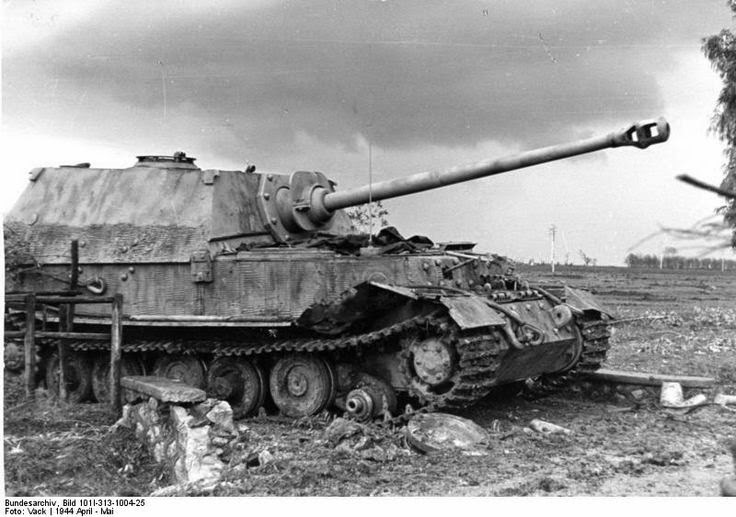

Operation Ring begins at 08.00 with a massive artillery attack on the VI Army, and, as per instructions, the German troops were hunted down unit by unit. Hitler orders his general to hold position “to the last man standing.” It entails the destruction of the German VI Army at Stalingrad, unit by unit.Ĭut off and surrounded by an entire Soviet Army Group, Friedrich Paulus, commander of the German VI Army at Stalingrad, refuses a generous Russian offer to surrender his forces. Operation Ring approved by STAVKA – Russian HQ. He regularly writes about military small arms, and is the author of several books on military headgear including A Gallery of Military Headdress, which is available on events of 1943, including the arrest of Mussolini. Peter Suciu is a Michigan-based writer who has contributed to more than four dozen magazines, newspapers and websites. Nazi Germany was unable to recover from the failed offensive and vast swaths of the land around the medieval fortress city of Kursk became an armored graveyard! Yet, as Soviet industry was ramping up they could afford the losses whereas the Germans could not. Upwards of 1,200 German tanks and assault guns were destroyed, while the Soviets lost more than 6,000 armored vehicles.
#MAJOR TANK BATTLES OF WORLD WAR II FULL#
Instead of breaking the Soviets, the Germans were the ones who broke and by the end of July were in full retreat – and casualties on both sides were massive. By the end of the battle, it involved nearly a million German soldiers and more than 3,200 tanks while the Soviets engaged with some 2.5 million soldiers and more than 7,300 tanks. Troops of Division Das Reich, Tiger I tank, in June 1943 before the battle.įrom July 5 to August 23, 1943, Operational Citadel was Germany’s attempt to weaken the Soviet Red Army’s ability to wage a major offensive. Had the Soviets been better organized they might have been able to stop the Germans cold. However, it was a costly victory for the Germans – in large part because they came upon the T-34, a tank they didn’t even know existed. The Germans lacked the numbers, but surprise and a clear objective aided their efforts. While the Germans had a capable leader, Generaloberst Paul Ludwig Ewald von Kleist, the Soviet forces had no clear commander, and chaos ensued. The Battle of Brody pitted the German 1st Panzer Group against six concentrated Soviet Mechanized Corps drawn from the 5th Army to the North and the 6th Army to the South. 1933 tanks of the 19th Tank Division near Vojnitsa-Lutsk highway.įought in the opening days of Operation Barbarossa, the German invasion of the Soviet Union from June 23 to June 30, 1941, this has been seen as the greatest armored engagement in history with as many as 5,000 tanks engaged, and it resulted in the destruction of a significant number of the Red Army’s operational tank force. It is disputed as to actual losses – India claims to have lost just 29 tanks, while Pakistan has said its military destroyed some 120 Indian tanks – but after Indian forces were repulsed, a United Nations Security Council resolution called for an unconditional ceasefire from both nations, which effectively ended the brief war but not until after the largest tank battle in Asia had already taken place.ĭestroyed and abandoned T-26 mod.

Largely inconclusive, it still involved some 50,000 Pakistani troops and around 150 tanks against an Indian force of upwards of 150,000 men and some 260 tanks. One of the largest tank engagements since the Second World War, the Battle of Chawinda was fought between India and Pakistan from September 14 to September 19, 1965. The Germans would go on to lose an entire army at the Battle of Stalingrad, which was also well underway, but it could be argued that the true turning point of World War II was at El Alamein. While the Allies suffered high causalities and lost upwards of half their tanks, more than half the Axis force was killed, wounded, or captured and nearly the entire German/Italian tank forces were destroyed in the battle. Fought from October 23 to November 11, 1942, and with nearly 200,000 Allied troops and more than 1,000 tanks against 116,000 Axis soldiers and more than 500 tanks, it was the largest desert battle in history.

Supported by its allies, the British Eighth Army stopped the German advance and turned the tide in North Africa. The Second Battle of El Alamein was certainly the British Army’s greatest moment of the Second World War. Montgomery watches Allied tanks advance (November 1942).


 0 kommentar(er)
0 kommentar(er)
